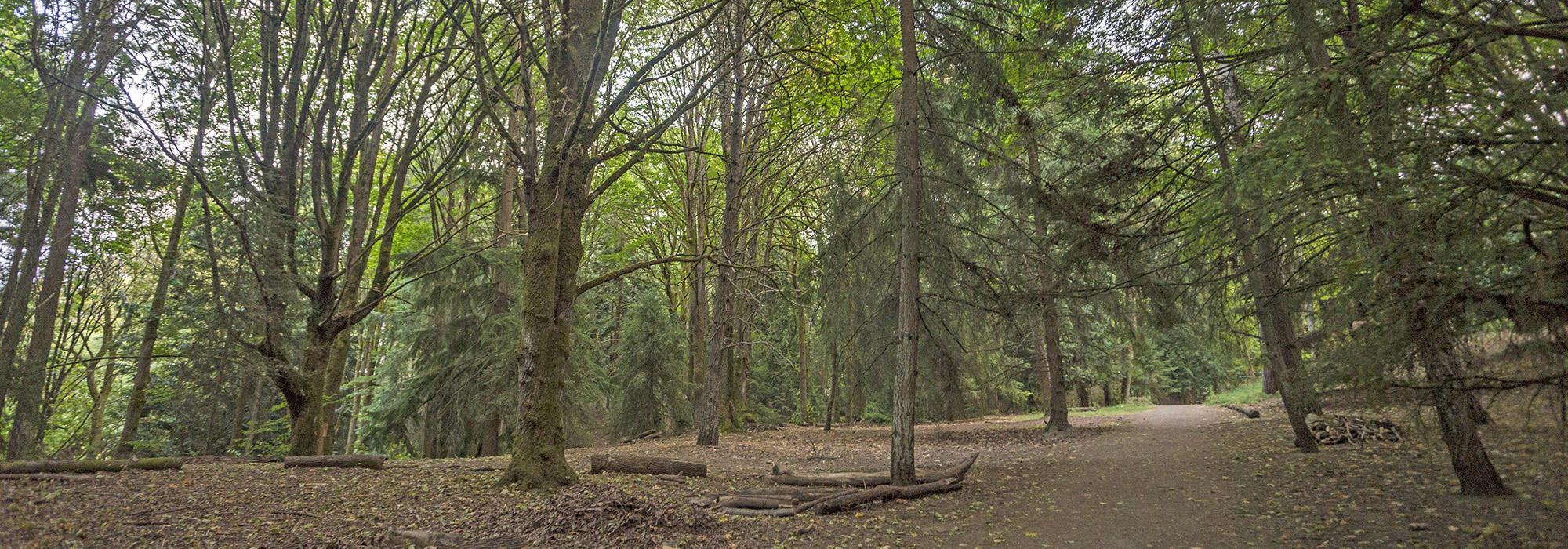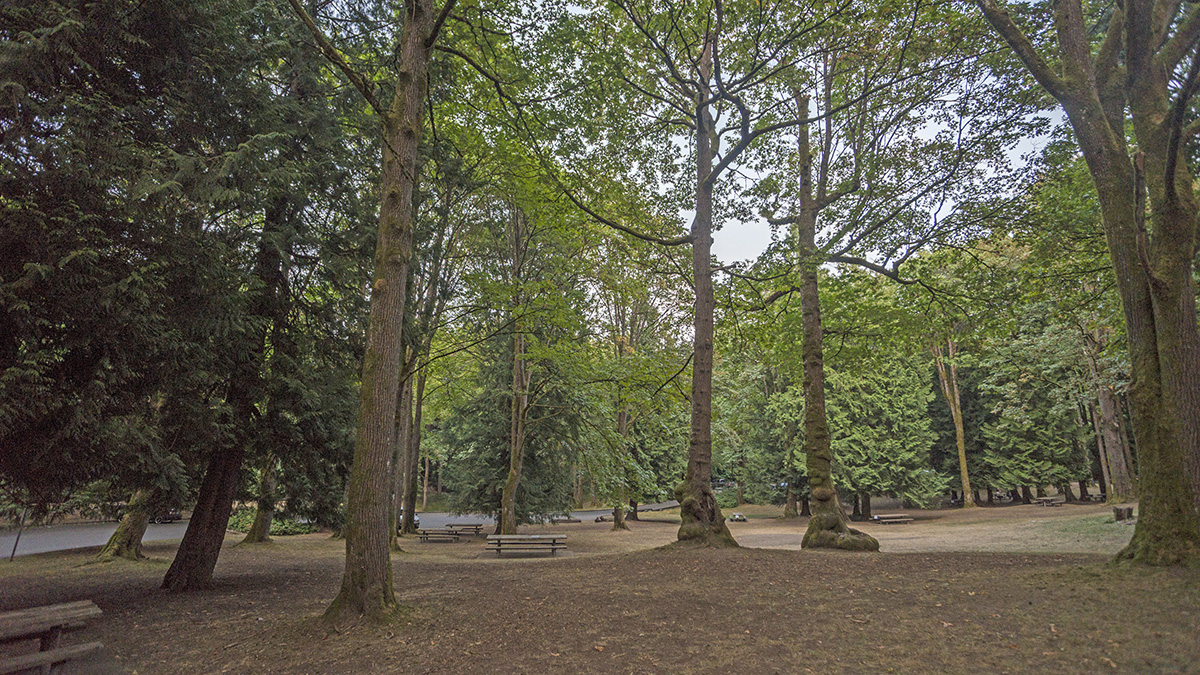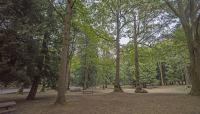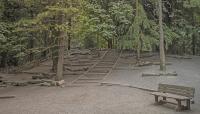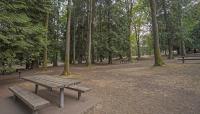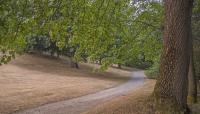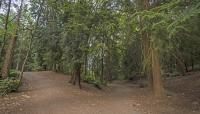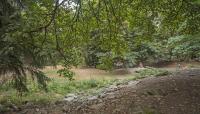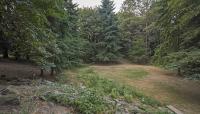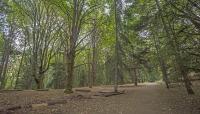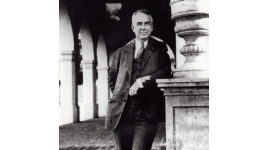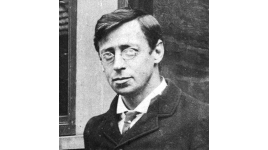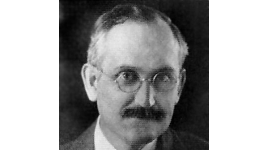Landscape Information
In 1889 entrepreneur Guy Phinney purchased 179 acres outside Seattle for the development of a residence and commercial park. The design was comprised of a large house and formal gardens, as well as a bandstand, hotel, a menagerie, and walking trails that led to Green Lake, where Phinney installed a beach and bathhouse. He also laid down a trolley line that connected the park to the city’s Fremont neighborhood. After Phinney’s death, the city purchased the estate. In the Olmsted Brothers firm’s 1903 report “A Comprehensive System of Parks and Parkways,” they suggested that the park’s upper portion be reserved for a zoo, while the eastern part of the park be retained for active and passive recreation. In 1908 the firm, led by John Charles Olmsted, created a new plan for the park. Their design created the Great Lawn as the park’s focal point. A playground, wading pool, and tennis courts were arranged along the lawn’s southern boundary, while zoo buildings were placed adjacent to the formal gardens. The park’s woodlands were preserved and enhanced by a network of trails and open lawn areas. In 1932, Aurora Avenue, also known as State Route 99, was extended to bisect the park, with the Woodland Park Zoo on the west side of the Avenue and Woodland Park on the east.
Surrounded by a dense residential grid, the 90-plus acre park is located on Green Lake’s southern shore. The parkland to the west of Aurora Avenue is dominated by the zoo, and only a remnant of the Great Lawn remains. The zoo’s southwest corner is occupied by a War Garden dedicated to Spanish-American War veterans in 1914. Three footbridges connect visitors to the eastern section of the park which still retains much of its Picturesque character. A rose garden planted in 1922 replaced the formal gardens at the southeast corner. The wading pool and playgrounds were dismantled in the 1930s. Gravel walking paths cross open lawns and descend wooded slopes to reach Green Lake and several soccer, baseball, and softball fields.



